by Amanda Rose Newton
It doesn’t get any more “Florida” than a citrus tree and you do not need to have a backyard to have your own!
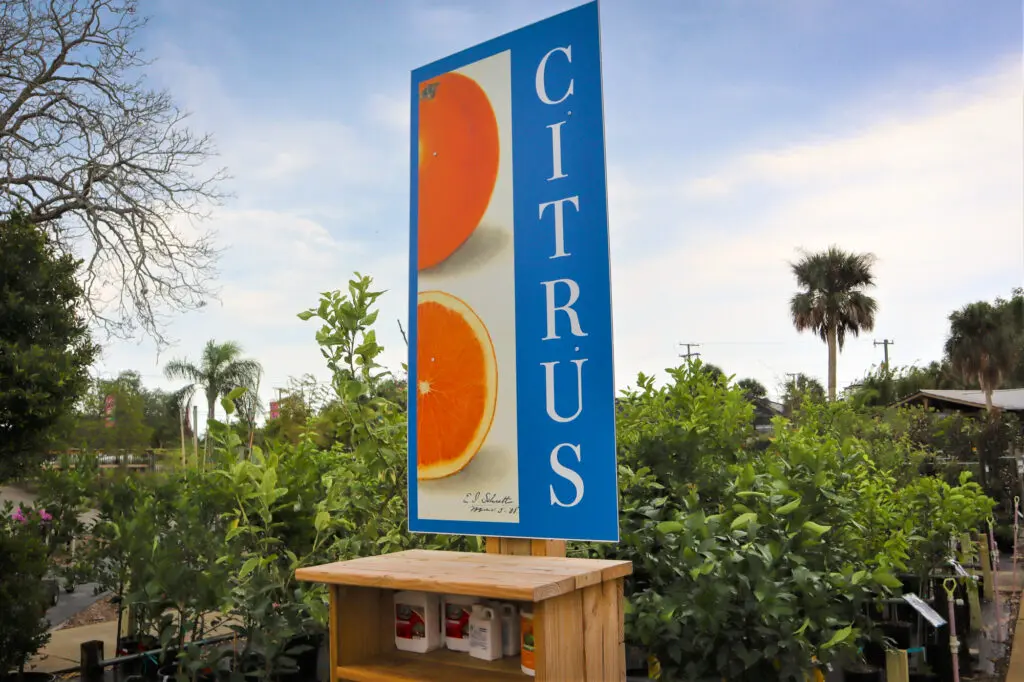
While citrus is a wintertime tradition throughout the United States, the beautiful foliage and association with subtropical climates are reminiscent of days filled with sunshine and plenty of vitamin C.
If you have been nervous about committing to planting citrus trees due to Citrus Greening Disease or are new to fruit, a dwarf tree can easily grow in a container on a screened-in patio. A screened-in patio can help reduce the risk of your citrus tree getting affected by the bacteria-carrying citrus psyllid.
Container-grown trees offer the ability to move to a sheltered spot in the case of an unexpected frost or to a better spot if you misinterpreted how shady your patio gets (we have all been there).
Given the proper care, dwarf citrus trees can live their entire lives (many decades) in a container on your patio.
What makes a citrus a “dwarf’?
In horticulture speak, a dwarf tree is a variety that is 50% smaller than it would be normally.
Most citrus grows to be about 20 feet tall, whereas dwarf trees will only reach between 6-10. The desired citrus-type scion is placed onto a naturally occurring small-statured rootstock through a grafting style called “budding”, which limits the growth.
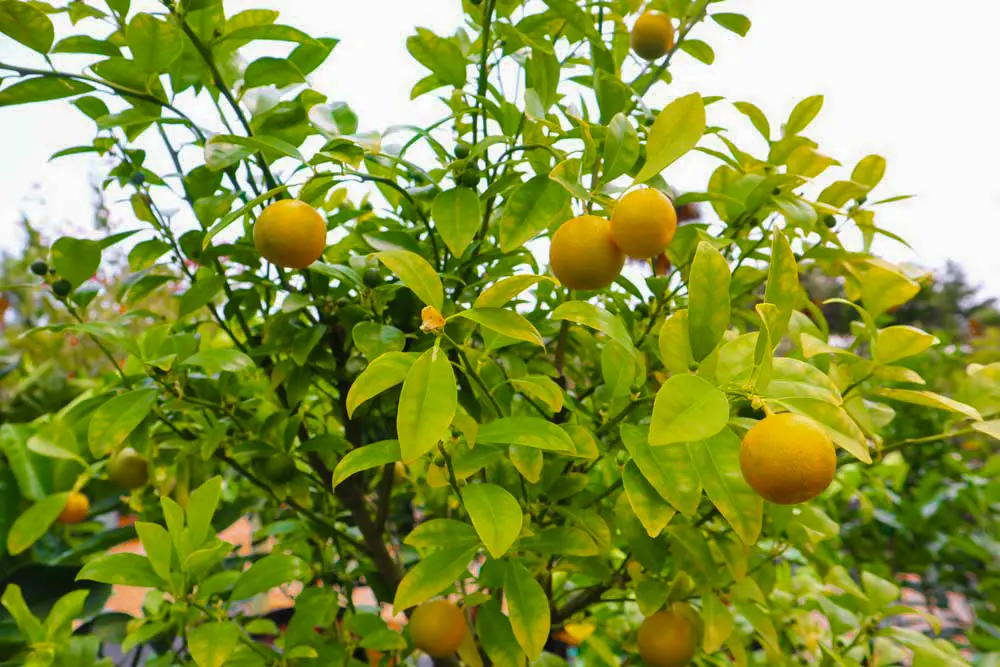
This small size is much more manageable for the average person and still bears the delicious fruit it is known for.
If you are fortunate enough to have a large backyard, you could have one of every type of citrus represented with space to spare!
When shopping for a dwarf fruit tree, it is important to make sure that is what it is labeled as. Many sellers label citrus as “patio trees” which are not true dwarf varieties.
While keeping plants in a pot slows down their growth pattern, it is ultimately detrimental and causes the roots to circle the bottom and become pot-bound. These will likely never yield fruit, and this is the case with any fruit (mangos, avocados, etc.), not just citrus.
Do your research and be sure the plant you are buying was grafted onto a dwarf rootstock to avoid this situation.
Caring for Your Dwarf Citrus Tree
Once you have picked out your dream tree, it’s time to find a container that does it justice.
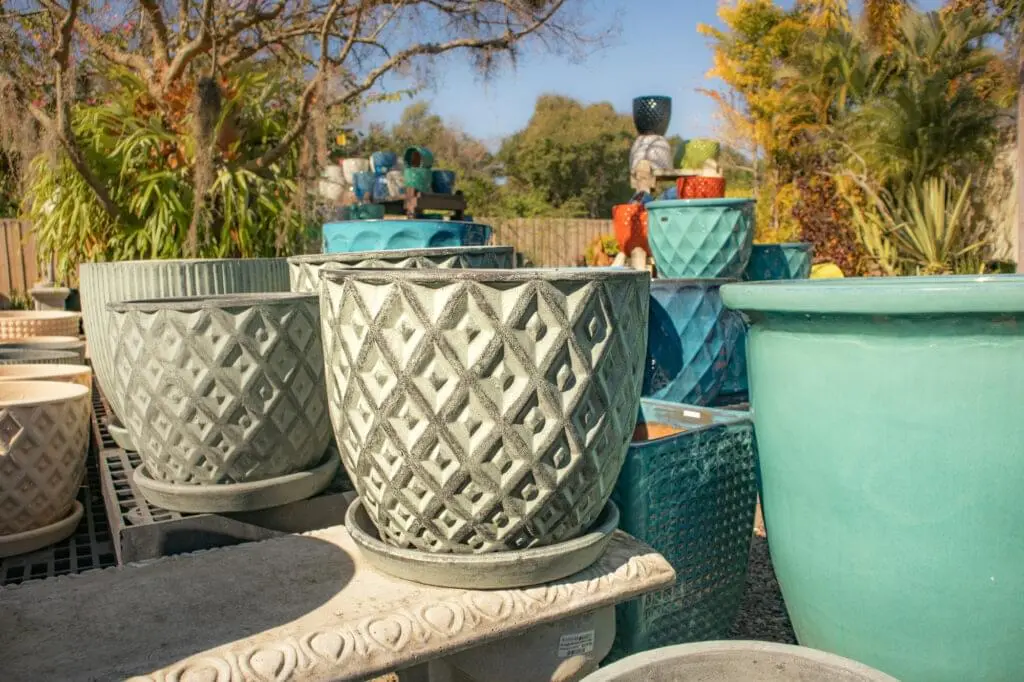
Be sure to select one that is at least 18 inches in diameter for smaller citrus like calamondins, key limes, or kumquats. For oranges, grapefruits, and larger lemons, a 23-inch diameter should be your minimum.
Holes in the bottom of the container are an absolute necessity and if your pot did not come with any, drill a few of your own.
The best soil for citrus in a container
Choose a potting soil blend that is rich with composted material, but still light enough to drain well. Foxfarm offers several soils, including Happy Frog and Strawberry Fields that would suit well.
You can also create your own blend using a potting soil of your choice and adding in soil conditioners or mushroom compost. Placing an inch or two of river rocks or gravel at the bottom of the pot can also help with supplying good aeration and drainage.
Citrus trees love humidity, which is why Florida has become synonymous with their home. They do not, however, love “wet feet” so allowing the roots time to dry out is a must, especially when stuck in a pot.
Watering your citrus
Citrus like less frequent, deep watering best, which usually means once every three days or so. If the leaves take on a yellow hue with a cupped shape, they are likely a bit too wet.
Citrus are happiest between 55 and 85 degrees and prefer at least 5 hours of full sun. If you are keeping your citrus indoors during the winter months, it might be a good investment to pick up a few grow lights.
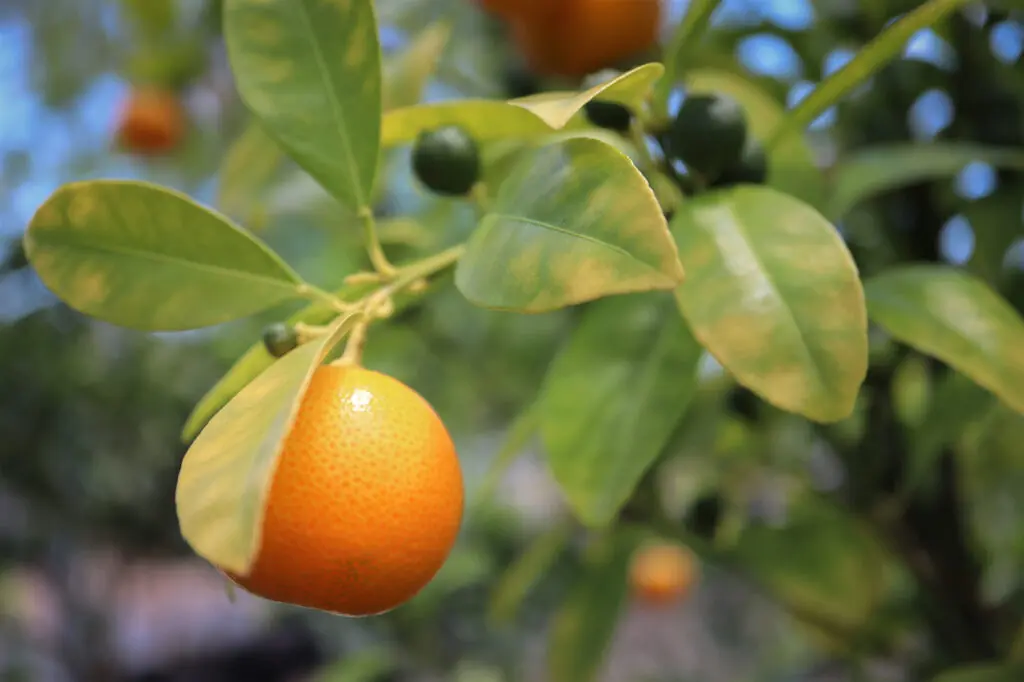
Personally, I have successfully kept a variegated kumquat going indoors for five years, thanks to a few cheap grow lights and the occasional day spent outdoors in the sunshine.
Feeding your citrus
Citrus in pots are pretty hungry for nutrients, and instead of gravitating towards a granular fertilizer, consider misting your tree with liquid seaweed, fish fertilizer, or citrus nutritional spray.
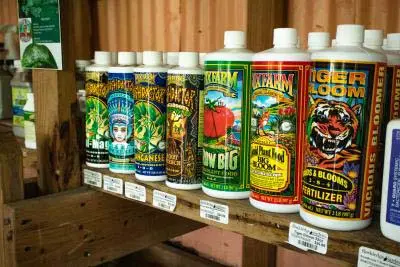
It’s like a dose of vitamins and minerals for your citrus once a month!
Pruning your citrus
Pruning trees helps maintain growth, vigorous fruit production, and creates an attractive shape.
While pruning is an intimidating practice with large specimens, container trees are a breeze! For citrus, it can be done anytime outside of the winter fruit-bearing season.
For best results, pinch back the tips of new growth to help round out the appearance of the tree. If you start to see leggy branches, this is usually a sign that your tree is “stretching” for the light!
Good thing it’s in a container that’s easy to move!
Citrus pests and diseases
Pests and diseases are always potential issues for any fruit tree and the best way to limit the likelihood is to follow consistent management practices from the beginning.
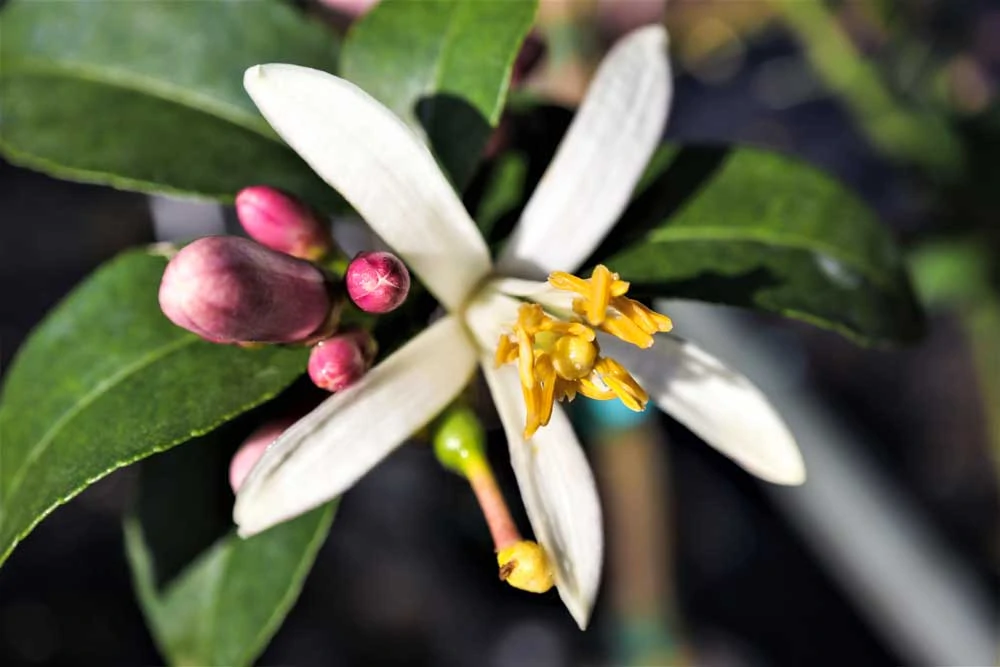
Make sure you keep up with your watering, feeding, and observation regimen and you will be following the recipe for success.
Fruits of Your Labor
Fruit production happens in a short 3 years! Keep in mind that all citrus must be tree-ripened, so pick with diligence.
Rind color can be a bit of a false advertisement when it comes to detecting ripeness, so your best guide is your own taste buds. Once the color looks right, give it a taste!
Limes are likely ready when they are green unless you are the proud owner of key lime, in which case you can let them go from green to yellow to get that unique tang that makes the namesake pies so special.
Lemons and limes take 6 to 9 months from flower to ready-to-eat fruit, with the rest of the citrus varieties taking up to a year.
Citrus ripens right when we need that burst of sunshine to get through the winter, albeit short, here in Florida.
Whether you favor limes, lemons, oranges, or kumquats we have the dwarf tree for you!


